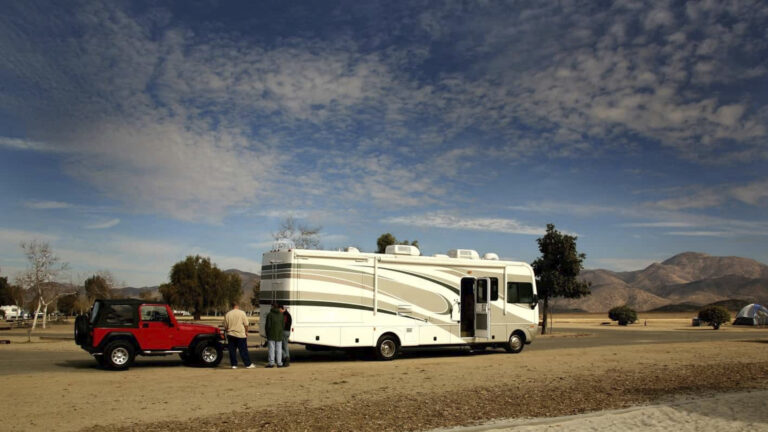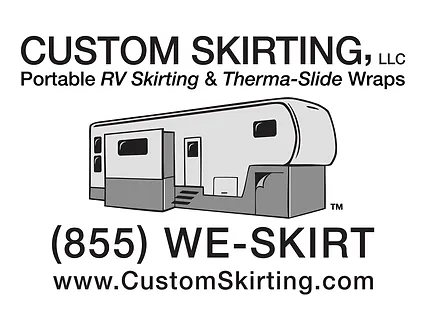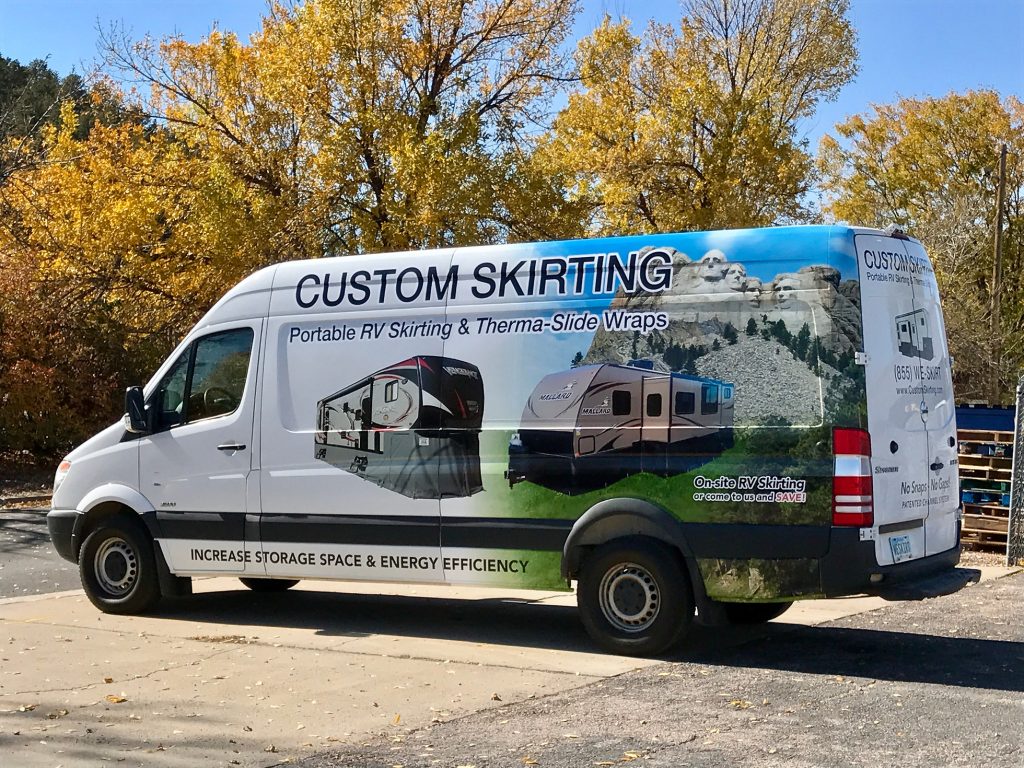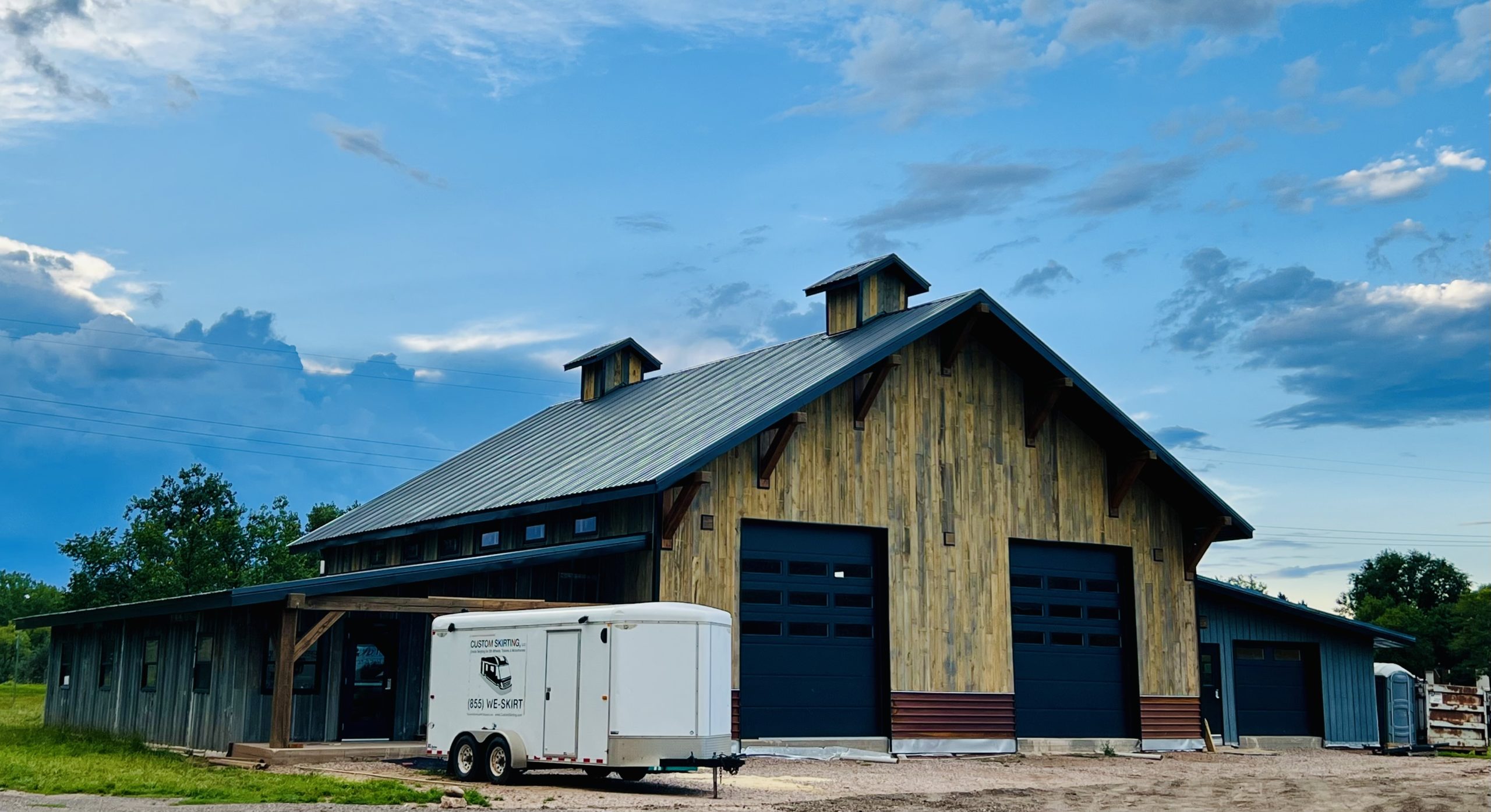Table of contents
Flat towing, also known as dinghy towing or four-down towing, is a popular method for RV owners looking to explore destinations without the hassle of moving their entire RV setup. This method allows you to tow a vehicle behind your motorhome with all four wheels on the ground. But what vehicles can be flat towed, and how do you know if your car is suitable for this towing method? Understanding flat towable vehicles and which ones can be flat towed behind a motorhome is essential for ensuring safety, avoiding damage to the vehicle, and enjoying the convenience of seamless travel.
Flat towing offers numerous benefits, such as the ability to easily access attractions without unhooking or maneuvering a large RV. However, not all vehicles are flat towable vehicles. Some vehicles, particularly those with automatic transmissions, may require additional modifications or specific drivetrain features, such as a transfer case with a neutral setting. Always consult the owner’s manual or manufacturer guidelines to determine if your vehicle is suitable for flat towing, as towing the wrong car can cause serious damage to the transmission or drivetrain.
By choosing the right vehicle and understanding the key requirements, you can make flat towing a simple and effective option for your next RV adventure.
Understanding Flat Towing
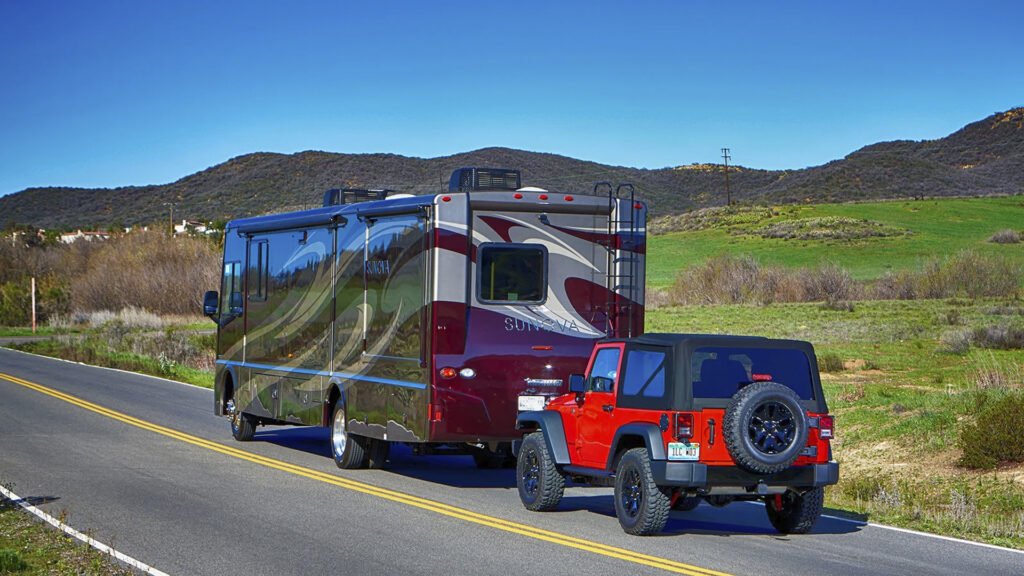
Flat towing involves towing a vehicle with all four wheels on the ground, eliminating the need for a trailer or dolly. This method offers several benefits, making it a favorite among RV owners. What vehicles can be flat towed behind a motorhome? Many vehicles are compatible with flat towing, and choosing the right one can enhance your RV experience.
- Ease of Setup: Connecting and disconnecting a flat-towed vehicle is straightforward compared to using a trailer.
- Reduced Wear: Unlike trailer towing, flat towing places minimal strain.
- Travel Flexibility: Having a separate vehicle allows RVers to explore cities, parks, or attractions without moving their motorhome.
Factors That Determine Flat Towing Capability
For a vehicle to qualify as flat towable, it must meet specific criteria. Here are the primary factors that determine whether a vehicle is suitable for flat towing:
Transmission Disconnect Capabilities
Flat towing requires the wheels to rotate freely without engaging the drivetrain. Vehicles with manual transmissions or automatic transmissions designed to disconnect the drivetrain are generally compatible.
Steering Lockout Override
A vehicle must allow the front wheels to turn freely while being towed. This is crucial for smooth maneuverability and preventing damage to the steering system.
Drivetrain Design
Many flat tow vehicles are equipped with all-wheel drive (AWD) or four-wheel drive (4×4) systems that have a neutral position in the transfer case. This feature prevents the drivetrain from engaging while towing.
Popular Vehicle Categories
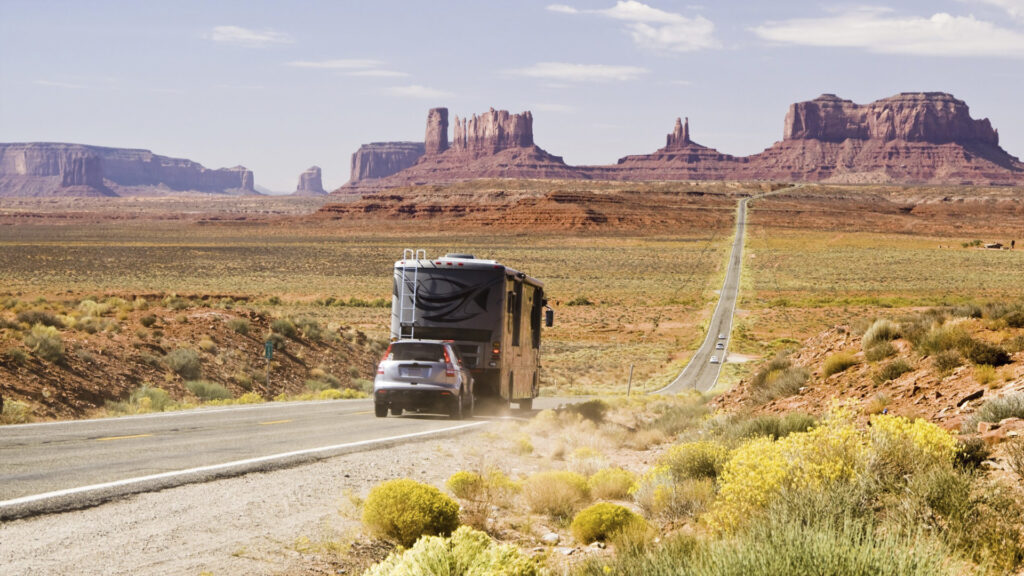
Here are the most common categories of flat towable vehicles, along with examples of popular models:
Compact and Subcompact Cars
Compact and subcompact cars are lightweight and easy to tow, making them ideal for RV owners focused on fuel efficiency and maneuverability. Popular models include:
- Chevrolet Sonic
- Ford Focus
SUVs and Crossovers
SUVs and crossovers offer a balance of size, utility, and towing compatibility. Models like the Jeep Grand Cherokee and Ford Explorer are favorites among RV enthusiasts due to their flat towing capabilities and versatility at the destination.
Pickup Trucks
Flat towing a pickup truck provides additional utility for carrying gear or tools during your travels. The Ford F-150, for instance, is a popular choice thanks to its robust design and towing readiness. It’s an excellent option for adventurers who need a vehicle with multiple uses.
Jeep Models
Jeep vehicles are among the most sought-after flat tow vehicles due to their rugged build and off-road capabilities. Popular models include:
- Jeep Wrangler
- Jeep Cherokee
- Jeep Gladiator
These vehicles are designed with features that make flat towing straightforward, such as 4×4 systems with a neutral setting in the transfer case.
Automatic vs. Manual Transmission Vehicles
Transmission type plays a significant role. Here’s how they compare:
Manual Transmission Vehicles
Manual transmission vehicles are typically easier because the drivetrain can be disengaged by simply putting the transmission in neutral.
Automatic Transmission Vehicles
Flat towing involves towing a vehicle with all four wheels on the ground, eliminating the need for a trailer or dolly. This method offers several benefits, making it a favorite among RV owners. What vehicles can be flat towed behind a motorhome? Many vehicles are compatible with flat towing, and choosing the right one can enhance your RV experience. However, automatic transmission vehicles can be trickier. Many require modifications or specific drivetrain features, such as a transfer case with a neutral setting. Always consult the owner’s manual or manufacturer guidelines to confirm if an automatic transmission vehicle is suitable. Taking these precautions will help ensure a smooth and safe towing experience.
Modifications and Equipment
- Tow Bars: Connects the towed vehicle to the motorhome. Choose one rated for your vehicle’s weight.
- Base Plates: Installed on the towed vehicle for secure attachment to the tow bar.
- Supplemental Braking Systems: Ensures the towed vehicle’s brakes are engaged during stops, enhancing safety.
- Wiring for Lights: Enables the towed vehicle’s brake and turn signals to function in sync with the motorhome.
Safety Considerations and Best Practices
Follow these best practices:
- Check Manufacturer Guidelines: Always confirm compatibility and recommended procedures in the vehicle’s owner’s manual.
- Inspect Equipment Regularly: Check tow bars, base plates, and braking systems before each trip.
- Adjust Driving Habits: Towing adds length and weight to your vehicle, so drive cautiously, allow extra space for turns, and brake earlier.
- Monitor Local Towing Laws: Ensure compliance with state regulations, especially regarding supplemental braking systems.
Start Your Flat-Towing Adventure at Black Hawk Creek RV Park & Cabins!
Black Hawk Creek RV Park & Cabins offers spacious, tow-friendly sites. Conveniently located near South Dakota’s iconic attractions like Mount Rushmore and Badlands National Park, our park provides easy access to adventure while accommodating your towing needs
Book your stay today and experience the best of South Dakota with comfort, convenience, and the freedom to explore! Let Black Hawk Creek RV Park be your gateway to unforgettable memories.



